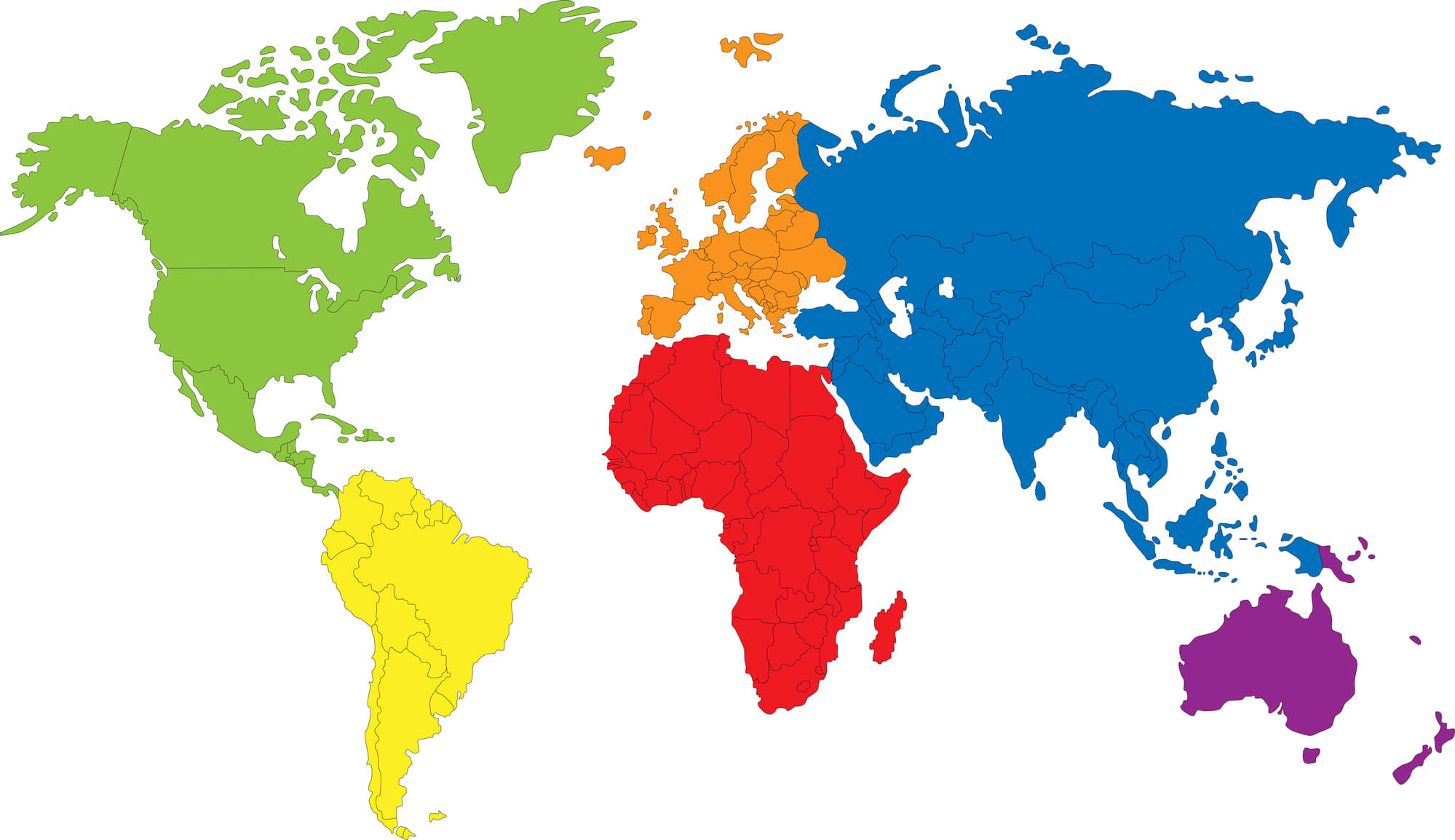Effective communication is essential for creating a safe work environment, particularly in multicultural workplaces where language and cultural barriers can make conveying health and safety information challenging. This article will explore cross-cultural communication in health and safety and provide tips and strategies for overcoming language and cultural barriers to ensure that all employees are informed and protected.
The Importance of Cross-Cultural Communication in Health and Safety
Communication is critical for promoting a safe work environment, and cross-cultural communication is particularly important in multicultural workplaces. Multinational businesses often employ a diverse workforce with employees who speak different languages and come from different cultural backgrounds. Effective cross-cultural communication ensures all employees understand health and safety information, policies, and procedures. It also promotes cultural sensitivity and understanding, which can help to create a positive work environment for all employees. To ensure effective cross-cultural communication, businesses should work with in-country health and safety consultants who speak the local language and understand local customs and practices.
Understanding Cross-Cultural Communication Barriers
Communication barriers can arise in multicultural workplaces due to language and cultural differences. Language differences can make it difficult to convey information, especially if employees speak different languages. Nonverbal communication can also differ between cultures, leading to misunderstandings. Cultural norms and values can impact communication, and what may be considered appropriate communication in one culture may be inappropriate in another. Businesses must identify these communication barriers and take steps to address them to promote effective cross-cultural communication.

Strategies for Effective Cross-Cultural Communication in Health and Safety
To promote effective cross-cultural communication in health and safety, businesses should consider the following strategies:
Providing Multilingual Safety Training
Multilingual safety training ensures that all employees can understand health and safety information. The training should be provided in the employee's native language, and visual aids should be used to overcome language barriers. Businesses should also consider offering translation services to ensure employees can communicate effectively with health and safety personnel.
Understanding Nonverbal Communication
Nonverbal communication can differ between cultures, leading to misunderstandings. To overcome this, businesses should provide training on interpreting nonverbal cues in a multicultural workplace. This can help to improve communication and promote cultural sensitivity.
Adapting to Cultural Differences
Cultural differences can impact communication, and businesses should identify and respect cultural differences to improve communication. This may include incorporating local customs and practices into safety protocols, developing a culture of respect and understanding, and providing ongoing cultural sensitivity training.
Working with In-Country Consultants
In-country health and safety consultants can provide culturally sensitive support, navigate cultural differences, and ensure effective cross-cultural communication. Businesses should consider working with consultants who speak the local language and understand local customs and practices to ensure effective communication.

Best Practices for Promoting Cross-Cultural Communication in Health and Safety
To promote effective cross-cultural communication in health and safety, businesses should consider the following best practices:
Involving Employees in the Development of Safety Protocols
Involving employees in the development of safety protocols can promote buy-in and understanding. Employees can provide valuable feedback on the effectiveness of health and safety communication and protocols, and their input can help to ensure that protocols are culturally sensitive and appropriate.
Providing Ongoing Training and Education
Training and education on health and safety communication and cultural sensitivity are essential for promoting effective cross-cultural communication. Regular training can help employees stay up-to-date on health and safety protocols, cultural norms and values, and communication best practices.
Creating a Culture of Open Communication
Creating a culture of open communication can promote effective cross-cultural communication. Businesses should encourage employees to ask questions, report concerns, and provide feedback on this topic. This can help identify communication barriers and other safety hazards unique to certain cultures or locations. By creating an open dialogue between employees and management, businesses can foster a culture of trust and transparency that promotes effective cross-cultural communication.
Evaluating and Adjusting Communication Strategies
Evaluating and adjusting communication strategies based on employee and stakeholder feedback is critical for promoting effective cross-cultural communication. Regular safety audits can help identify communication barriers and other safety hazards unique to certain cultures or locations. By adjusting communication strategies based on this feedback, businesses can promote effective cross-cultural communication and ensure that all employees are informed and protected.
Conclusion
Effective cross-cultural communication is essential for creating a safe work environment in multicultural workplaces. By understanding communication barriers, implementing effective communication strategies, and promoting cultural sensitivity and understanding, businesses can ensure that all employees can understand health and safety information, policies, and procedures. By working with in-country health and safety consultants who speak the local language and understand local customs and practices, businesses can provide culturally sensitive support and navigate cultural differences to ensure effective cross-cultural communication. By creating a culture of open communication and regularly evaluating and adjusting communication strategies, businesses can promote effective cross-cultural communication and ensure that all employees are informed and protected.
